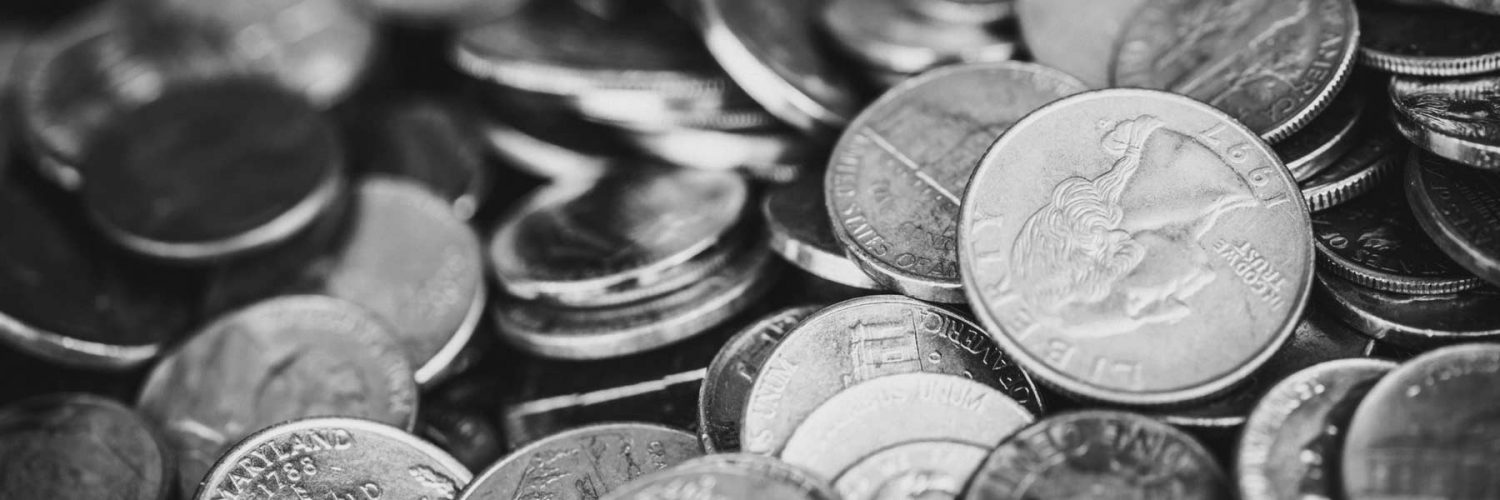![]() The Heretic’s Guide to Global Finance: Hacking the Future of Money is a friendly guide to taking on the world’s most strong method. It sets up a framework to illuminate the financial sector based on anthropology, gonzo exploration, and the hacker ethos, and assists the reader create a diverse DIY toolbox to undertake their personal adventures in guerilla finance and activist entrepreneurialism.
The Heretic’s Guide to Global Finance: Hacking the Future of Money is a friendly guide to taking on the world’s most strong method. It sets up a framework to illuminate the financial sector based on anthropology, gonzo exploration, and the hacker ethos, and assists the reader create a diverse DIY toolbox to undertake their personal adventures in guerilla finance and activist entrepreneurialism.
Now here’s the query: All else equal, are bigger banks less vulnerable to runs? A run occurs when a vital mass of a bank’s creditors demand their income back at the identical time. This requires some sort of coordination (which may possibly be supplied by a worldwide game, an info cascade, a coordinating signal, some sort of sunspot equilibrium, and so on.). The larger a bank is, the far more creditors (depositors, overnight lenders, and so forth.) it is probably to have. The much more creditors a bank has, the harder it might be for a essential percentage of them to coordinate and cause a bank run.
My initial believed was in order to get people to come to class – we required a website – sites are 1,000s of dollars or you can make one particular on your own or you can find a student to do it for you. Our first internet site was $350 to get up and running – we have since added bells and whistles. We need a graphic designer – you can locate those on fiverr or i hired a guy for $50 to design and style our logo. identified in a networking directory. next – we necessary flyers and cards – vistaprint – low cost easy and fast. etcÂ.
Now, what category of issue is this? Is it an externality, public great, asymmetric info or other industry failure?” No, this appears like a clear case of government failure,” unintended consequences of poorly structured regulation. A query for yet another day is no matter whether multiplying by a aspect of ten the size of the regulatory structure – at considerable price in resources – will avoid or exacerbate this difficulty. At least we know where the dilemma lies.
That sound nice on paper, but does this algorithmic trading actually perform? The Parasite algorithm consists of nothing at all but lines of code, but it is a core member of the group. They feed it with a $15 000-per-year information stream from the New York Stock Exchange and NASDAQ. In financial jargon, it is a ‘trend-following’ algorithm, which indicates the Parasite digests the data and seeks to determine herding behaviour amongst big players in the stock-industry, and then makes trades to try profit from that. Robin Hood has achieved double-digit returns with this approach in both 2013 and 2014. It really is as well early to tell if this overall performance will continue – and 2015 looks to be a leaner year – but it doesn’t appear too bad for a group of relative economic amateurs.




